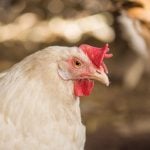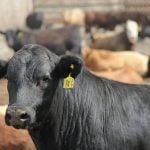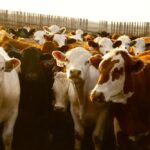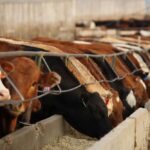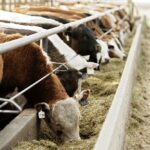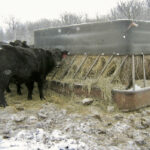Modern tool boxes in cow-calf production would not be complete without preferably at least two esophageal feeding tubes. These relatively simple, multipurpose feeding tools allow a safe, convenient method to give things such as colostrum or colostrum replacers, electrolytes, milk replacers and a few other treatments to calves. No producer should feel they don’t know […] Read more
